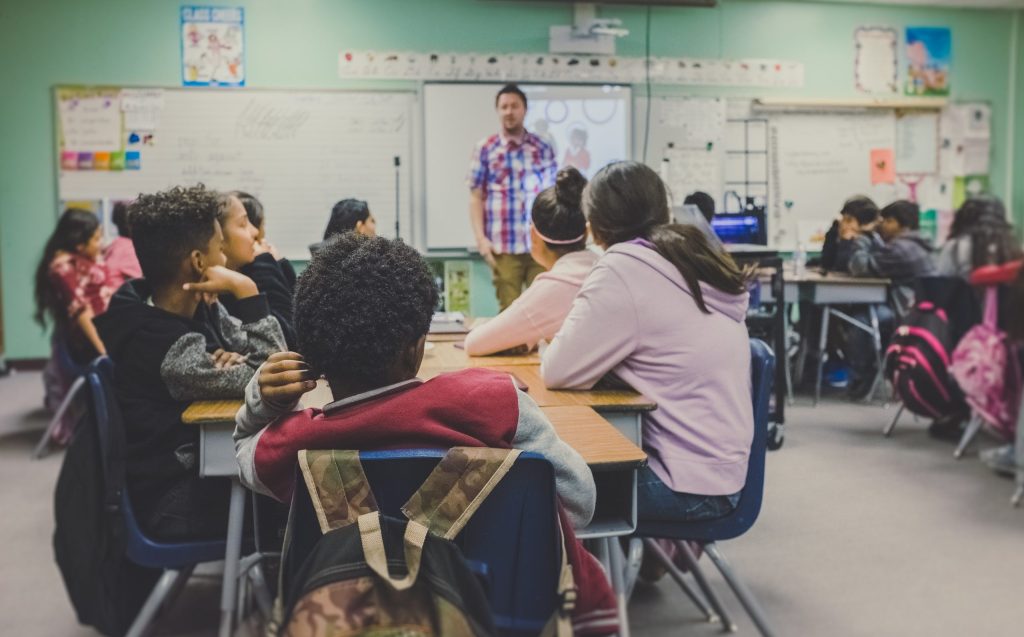What is a Mixture?
A mixture is a physical mixture of two or more substances that aren’t chemically joined. For example, water and salt are separate substances that, once mixed, create a blend – seawater.
Mixtures are the product of the combination of compounds and elements without chemical change so that each substance retains its original properties and remains its substance.
Because of this, mixtures can be separated into components, becoming individual substances without a chemical reaction. It can be done using specific methods like filtration and distillation.
What are Examples of Mixtures?
Defined as two or more items that are combined physically but not chemically, examples of mixtures include:
- Cement (sand, water, gravel)
- Smoke and fog (smog)
- A box of toys
- Sand and water
- Seawater (salt and water)
Mixtures can either be heterogeneous, meaning the mixture’s components can be easily separated or homogeneous, meaning the composition is uniform throughout the mixture.
Let’s take the example of iron filings and sulfur powder.
When mixed, the iron filings can still be extracted with a magnet.
It is because the chemical properties of the mixture have not been changed.
However, if we heat the iron filings and sulfur powder, the iron filings cannot be extracted with a magnet.
Instead, a new solid metal substance is formed.
It is because the atoms have been rearranged and bonded together.
So, in this case, a chemical change has occurred, not a mixture of physical elements.
What are the Features of a Mixture?
Mixtures are physical blends of different components, not chemicals. It means their atoms have not been rearranged, and a mixture’s elements retain their identity and properties.
They differ from compounds, which are combinations in which the atoms are altered, meaning they cannot be separated.
What’s The Difference Between Mixtures and Compounds?
Mixtures have different properties from compounds:
- The amount of each substance within a mix can vary, whereas, with a compound, there is a definite composition, meaning the amount of each element within it cannot be changed.
- Different substances aren’t chemically joined in a mixture, so they maintain their properties. Instead, other elements are chemically bound in compounds, and their properties change to become new compounds.
- While the substances in a mixture can be easily separated, only chemical reactions can separate a compound into its elements.
Examples of Compounds
- Water
- Magnesium Oxide
- Carbon Dioxide
- Sodium Chloride
How can Mixtures be Separated?
There are many ways to separate mixtures of two or more different materials, but here’s a short list of some of the most common methods that KS2 pupils will learn about before leaving primary school. You can even try some of them at home!
- Evaporation (Simple Distillation). This method best separates a mixture of a liquid (usually water) and a soluble solid dissolved in said liquid. By boiling the solution, the water will evaporate off, leaving behind the soluble solid that had been dissolved.
- Evaporation and Condensation (Complex Distillation). This method is similar to Simple Distillation but a little more complicated. If you want to keep the liquid and solid materials from a mixture once separated, you can capture and chill the water vapor as it comes off a solution. As the water vapor is cooled, it becomes water again so that you can save both parts of the former mixture. It usually needs a specific tool called a condenser, so this one might not work at home!
- Magnetism. This method works best with a large number of solid metal objects. By passing a magnet over a mixture of metal items, you can separate the magnetic items as they’re attracted to the magnet!
- Filtering. This method works for separating insoluble solids from liquids, such as a mixture of sandy water. By pouring the mixture through filter paper, the fluid will pass through, but the solid will remain behind, unable to pass through the paper.
- Sieving. This method works best for separating solids of different sizes. It is because the smaller objects will pass easily through the holes in the sieve, whereas more extensive materials will be left behind.
- Decanting. This method works on mixtures of two liquids, oil, and water. First, pour the mixture into a container, and wait for the liquids to settle. As they do, they should form two separate layers, and you can then carefully drain off the top layer to separate the liquids.


